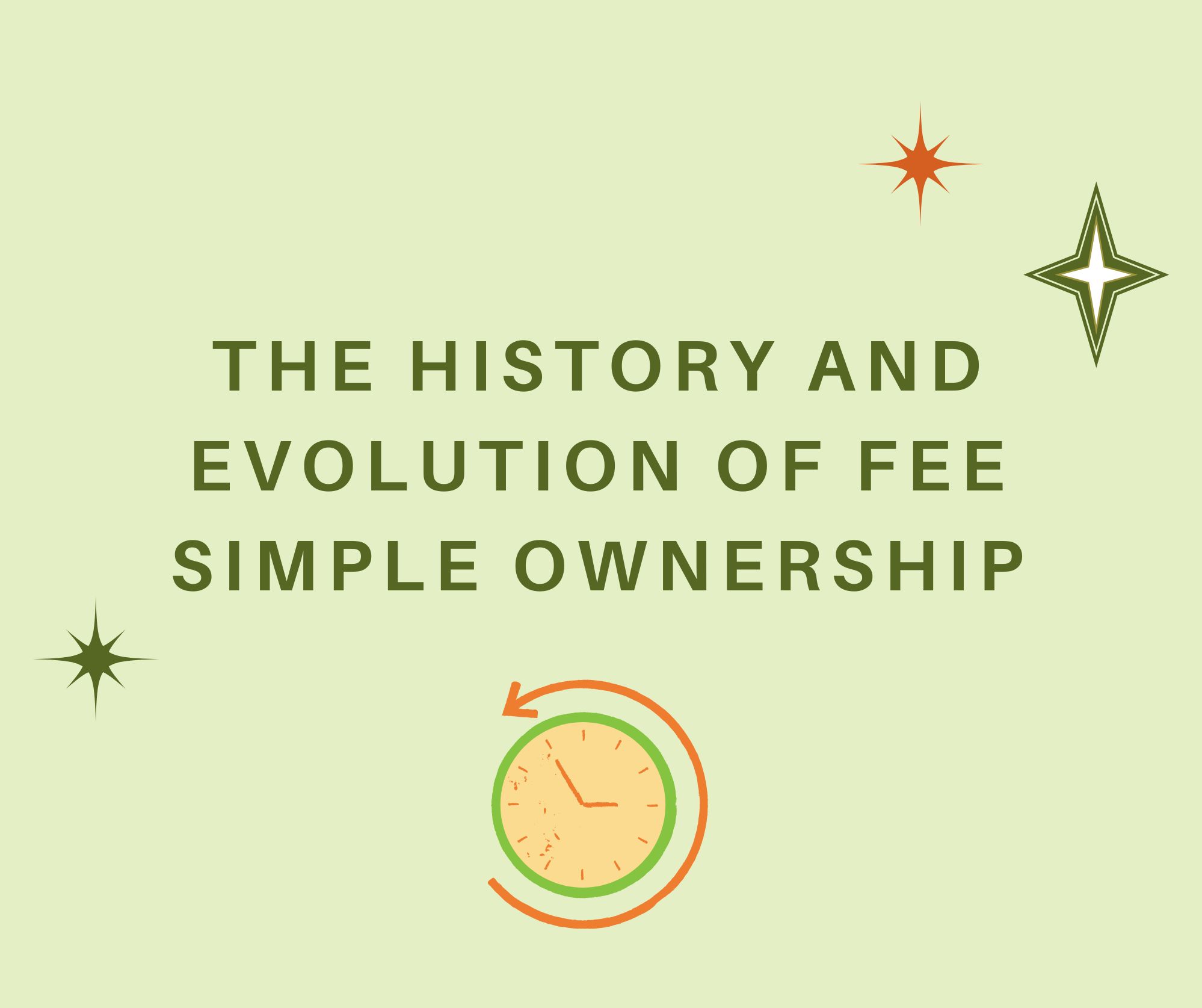The History and Evolution of Fee Simple Ownership
Understanding fee simple ownership is essential for anyone involved in real estate. But have you ever wondered about its origins and how it has evolved over time? Let’s take a journey through the history and evolution of fee simple ownership, exploring its roots and significance in today’s property market.
Origins of Fee Simple Ownership
The concept of fee simple ownership dates back to medieval England. During the feudal era, land was owned by the monarch and distributed to lords. These lords, in turn, allowed vassals to use the land in exchange for services and loyalty. This system was highly hierarchical, with the king retaining ultimate control over the land.
The Birth of Fee Simple
The term “fee simple” emerged as a way to describe the most complete form of land ownership available under the feudal system. “Fee” refers to an inheritable estate, and “simple” indicates that the estate is not subject to any conditions or limitations. Essentially, fee simple ownership granted individuals the right to use, control, and transfer land freely, without needing permission from a higher authority.
The Evolution of Fee Simple Ownership
- Feudal England
In feudal England, fee simple represented a significant shift from the restrictive tenures of the past. It allowed landowners to pass their property to heirs without interference, providing stability and security. This form of ownership was codified in the Statute Quia Emptores of 1290. The statute allowed the sale and transfer of land without requiring the lord’s consent.
- Colonial America
When English settlers arrived in America, they brought the concept of fee simple ownership with them. In the New World, land was abundant. The fee simple system encouraged private ownership and development. This laid the foundation for the modern American real estate system, where private property rights are highly valued.
- Modern Times
Today, fee simple ownership remains the most common and preferred form of property ownership in the United States and many other countries. It provides landowners with complete control over their property, including the right to sell, lease, or bequeath it. The evolution of fee simple ownership reflects a broader trend toward individual property rights and the decentralization of land control.
The Significance of Fee Simple Today
Fee simple ownership continues to play a crucial role in the real estate market. Here’s why it matters:
- Complete Control: Fee simple owners have full control over their property, allowing them to use it as they see fit, within the bounds of local laws and regulations.
- Inheritable Estate: The ability to pass property to heirs provides long-term security and stability for families.
- Market Flexibility: Fee simple ownership facilitates a dynamic real estate market, where properties can be bought, sold, and developed freely.
Conclusion
In summary, the history and evolution of fee simple ownership highlight its enduring importance in real estate. From its roots in medieval England to its prominence in modern times, fee simple represents the pinnacle of private property rights. Understanding this history not only provides a deeper appreciation for current property laws but also underscores the significance of fee simple ownership in fostering economic growth and individual freedom.
Other Related Topics
If you enjoyed learning about the history of fee simple ownership, you might also be interested in exploring different types of property ownership, the impact of property rights on economic development, or how to navigate property inheritance. Stay tuned for more insightful real estate posts!
Contact us today or visit our Instagram | Facebook .
